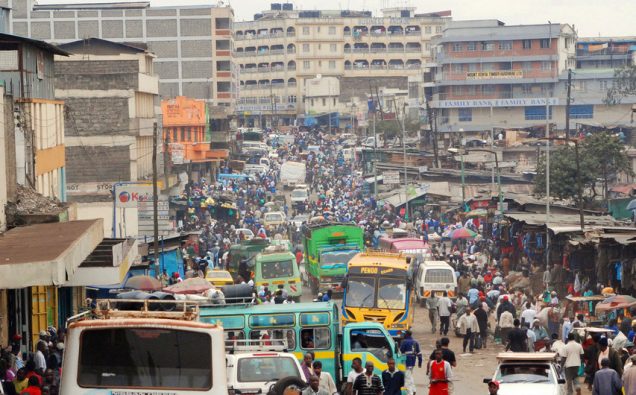
But can we afford not to be futuristic – in terms of planning and development priorities?
After all, having been reckless in disturbing the balance of Nature in the last few centuries, do we not need to evolve a sustainable way of life in view of not just climatic repercussions but also our own ballooning population?
Highlighting some of the concerns, a new United Nations report says by 2050, two out of every three people are likely to be living in cities or other urban centers.
The key driving factors will be both demographic shifts and overall population growth.
Nearly 2.5 billion people could be added to urban areas by the middle of the century, the UN Department of Economic and Social Affairs (DESA) says.
Though, the increase will likely take place in a few countries, it is likely to have implications for a large part of the humanity.
“Together, India, China and Nigeria will account for 35 per cent of the projected growth of the world’s urban population between 2018 and 2050…It is projected that India will have added 416 million urban dwellers, China 255 million and Nigeria 189 million,” said DESA, announcing the findings on Wednesday.
By 2030, the world could have 43 so-called megacities (up from 31 today, according to reports) – those with more than 10 million inhabitants – most of them in developing countries.
New Delhi, the Indian capital, is projected to become the most populous city on the planet by 2028.
Tokyo is the world’s largest city at the moment, with an agglomeration of 37 million inhabitants, followed by New Delhi (29 million), and Shanghai (26 million). Mexico City and São Paulo, come next; each with around 22 million inhabitants.
“These swelling populations will place extra demands on both resources and services in urban areas,” the UN says.
“Many countries will face challenges in meeting the needs of their growing urban populations, including for housing, transportation, energy systems and other infrastructure; as well as for employment and basic services such as education and health care,” said DESA, urging governments adopt better integrated policies to improve the lives of both urban and rural dwellers.
The report advocates that at the same time, linkages between urban and rural areas will need to be strengthened, building on their existing economic, social and environmental ties.
FEATURED IMAGE: UN-Habitat/Julius Mwelu Cities in developing countries like Nairobi in Kenya continue to grow rapidly.

















